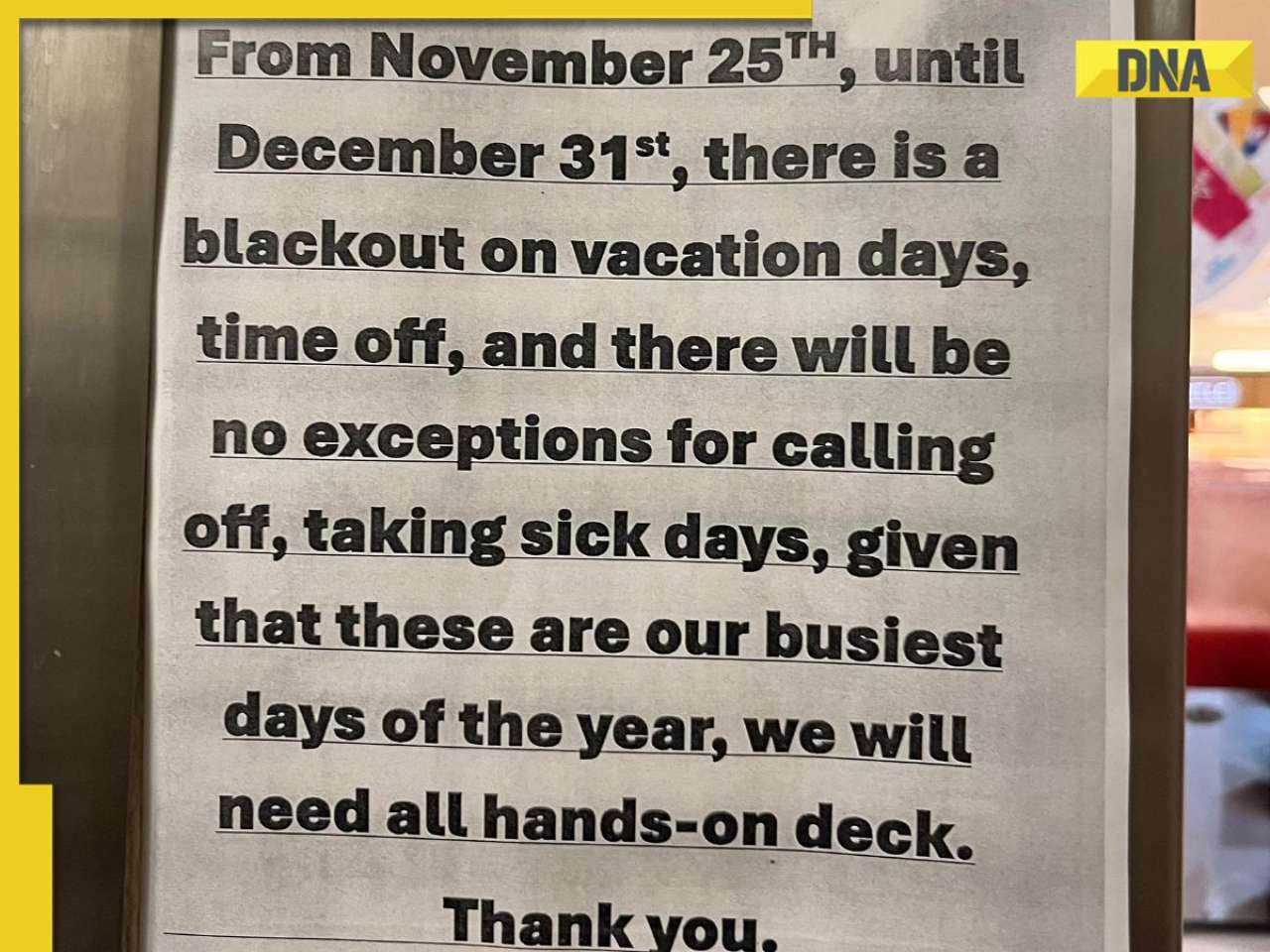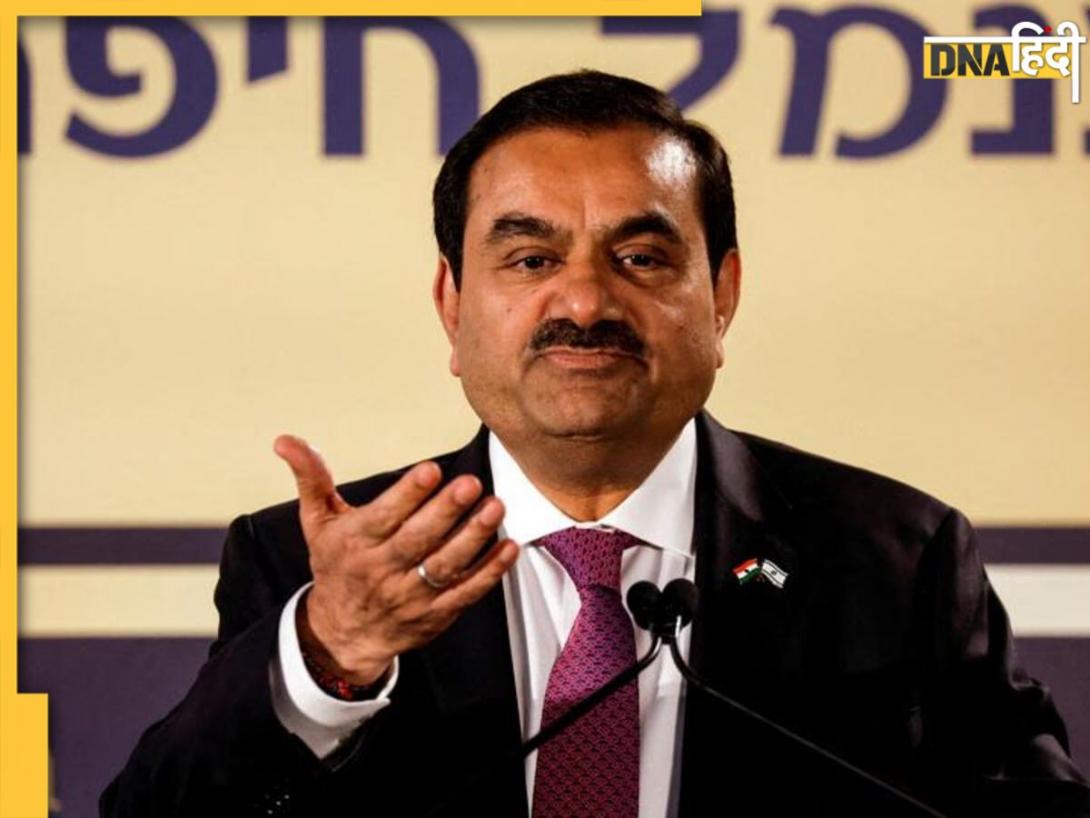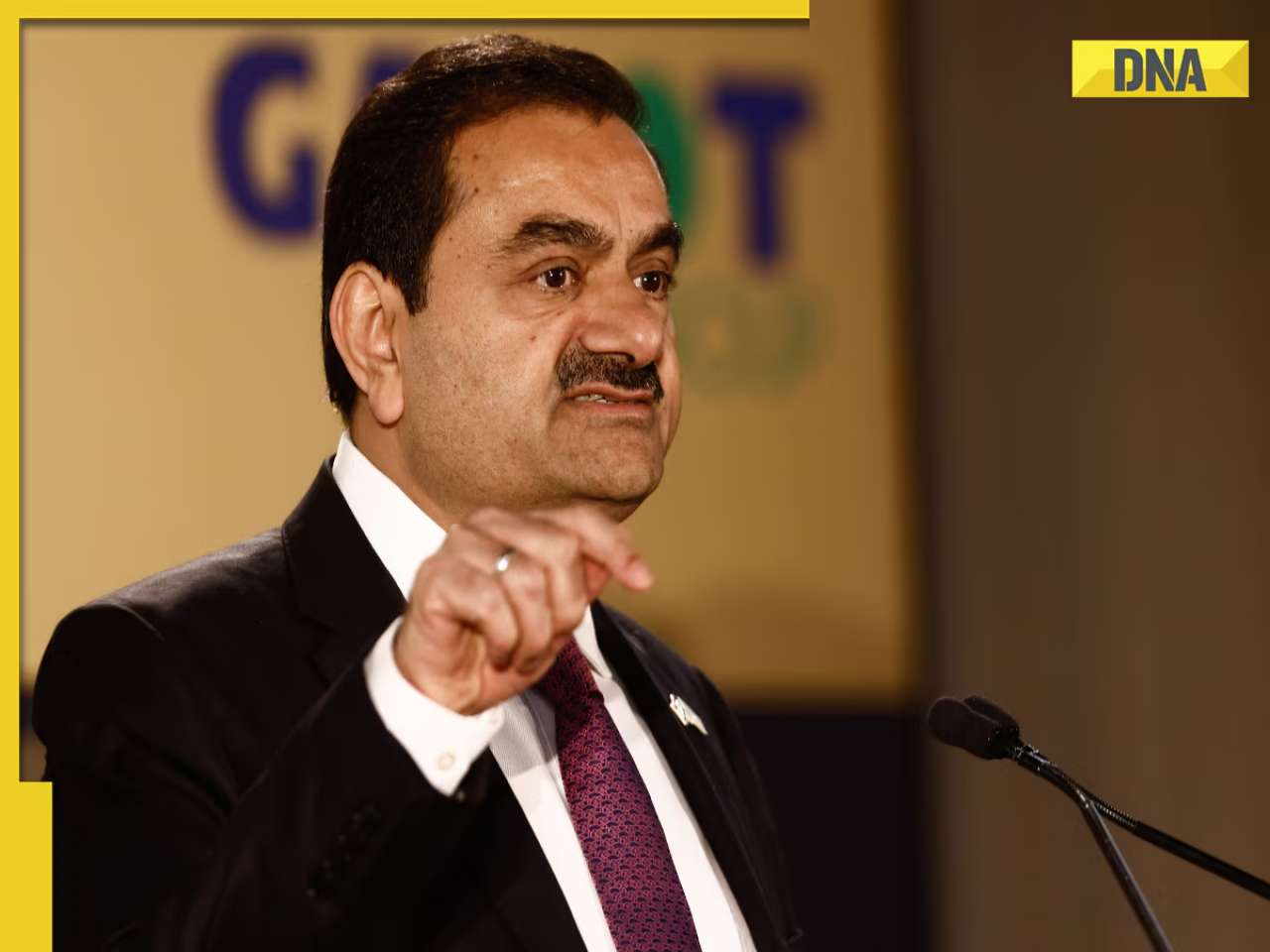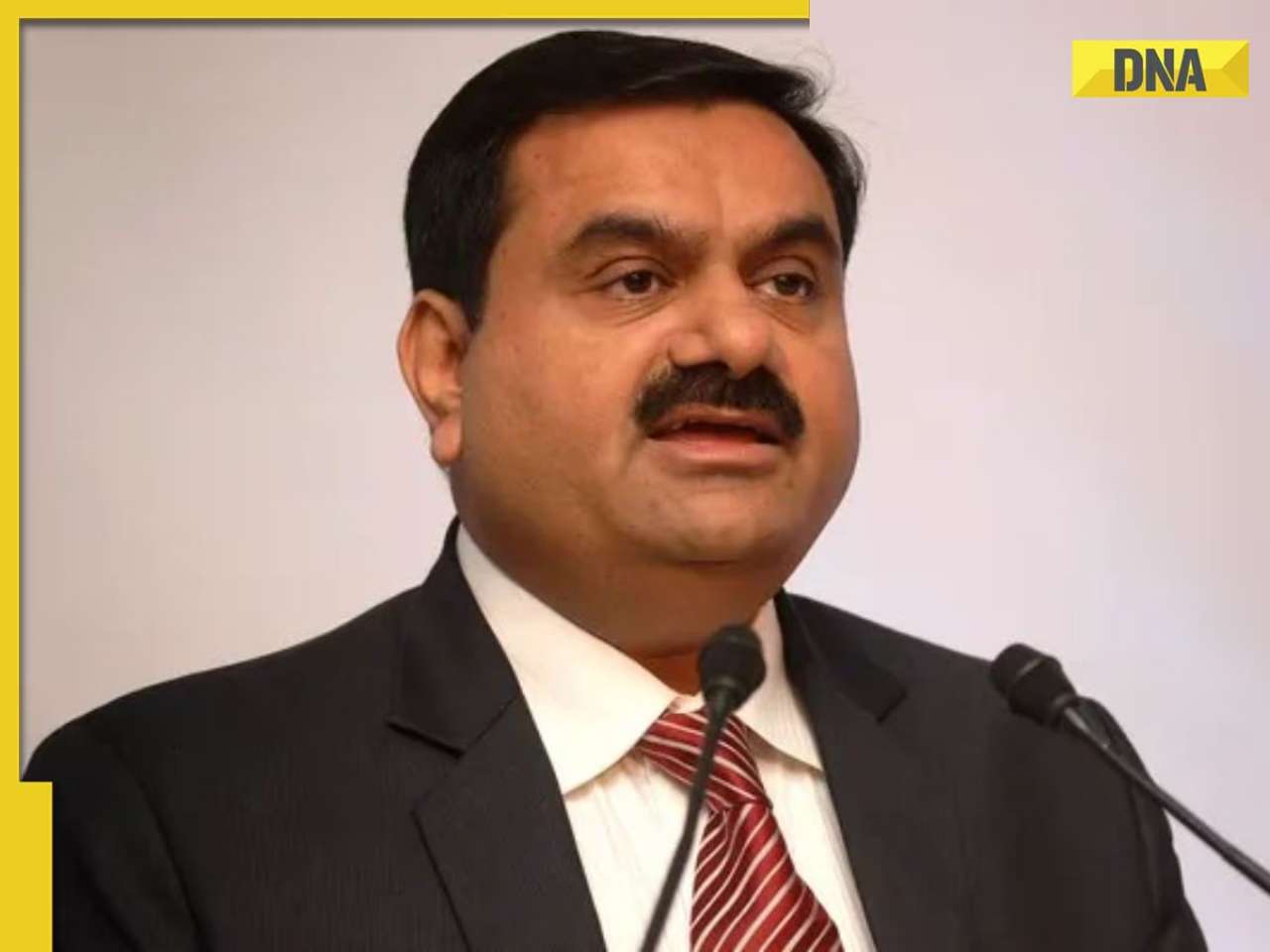- LATEST
- WEBSTORY
- TRENDING
TECHNOLOGY
Migrating Banking Applications to the Cloud: Strategies and Best Practices
Cloud migration in the banking sector is not just a technological shift but a strategic imperative.
TRENDING NOW
As the banking industry continues to evolve in response to technological advancements, one significant trend is the migration of legacy applications to the cloud. This move offers banks numerous benefits, including cost savings, improved scalability, and enhanced security. However, the process of migrating these complex, monolithic systems to a cloud environment requires careful planning and execution to avoid potential pitfalls and ensure a smooth transition.
Cloud migration in the banking sector is not just a technological shift but a strategic imperative. Traditional banking applications, often built on outdated and rigid infrastructures, struggle to meet the demands of modern digital banking, such as real-time data processing, seamless customer experiences, and robust security measures. By migrating to the cloud, banks can leverage the flexibility, efficiency, and innovation that cloud platforms provide, enabling them to stay competitive in a rapidly changing financial landscape. However, the path to a successful migration involves overcoming several challenges, including ensuring compliance with stringent regulatory requirements, maintaining data integrity and security, and managing costs effectively.
Priyanka Gowda, an accomplished expert in cloud migration, has made significant strides in addressing these challenges. Her work with the Microsoft Azure migration team has been instrumental in promoting a cloud-first mindset within her organization. Priyanka’s leadership in training development and operations teams on cloud technologies has been a game-changer, enabling her team to successfully migrate monolithic legacy applications to modern, auto-scalable, resource-optimized, and secure web applications using Azure cloud services, microservices architecture, and a streamlined CI/CD pipeline.
Priyanka’s impact at her workplace is evident through tangible metrics. Under her guidance as the technical team lead, her team developed a comprehensive migration strategy, breaking down monolithic web applications into microservices. This approach not only optimized resource allocation but also significantly reduced operational expenses. The migration saved her financial institution approximately 45% in costs by eliminating the need for hardware maintenance and upgrades while also enhancing the ability to adjust resources based on demand through auto-scaling.
Her efforts have led to remarkable improvements in application performance. For instance, in a major project involving an application to track customer requests, inquiries, and audit reports, Priyanka’s team was able to break the application into microservices, successfully hosting all APIs and services on Microsoft Azure. This migration resulted in a 25% improvement in application performance and saved 20% in implementation costs. Another project, focused on managing the enrollment and deactivation of custom credit cards, saw significant optimization through the hosting of multiple microservices on Azure, enabling easier code sharing and better resource allocation.
The quantifiable results of Priyanka’s work are impressive: a 30-40% improvement in application performance, a 20% reduction in load times and query response times, and up to a 50% savings in expenses due to optimized resource utilization and reduced licensing, hardware, and IT infrastructure costs. Additionally, the migration efforts achieved a 70% reduction in time for deploying new features and bug fixes, thanks to the implementation of microservices architecture, Docker containers, and Kubernetes orchestration. The migration also ensured up to 99.99% uptime through streamlined CI/CD pipeline deployments and advanced security features provided by Microsoft Azure.
Overcoming significant challenges was key to Priyanka’s success. Ensuring compliance with financial industry regulations such as GDPR and PCI DSS was a major hurdle, which she addressed by leveraging Azure’s FedRAMP security certification and continuous web security monitoring. Additionally, accurately estimating cloud migration costs was a challenge, which Priyanka mitigated by conducting a pilot project that saved 18% in costs by avoiding redundant services and overconsumption of memory. Her deep understanding of legacy applications allowed her to create a detailed migration roadmap, ensuring a smooth transition to the cloud.
Priyanka Gowda’s published works, such as "Securing Microservices Architecture Using JSON Web Tokens" (August 2023) and "Best Practices in REST API Design for Enhanced Scalability and Security" (February 2024), further underscore her expertise in this domain. Her insights into the future of cloud migration emphasize the importance of adopting microservices architecture, integrating containerization with Docker and Kubernetes, and utilizing AI-powered tools for planning and assessment. She also advocates for redesigning applications for serverless computing and automating deployment processes within CI/CD pipelines to enhance performance and security.
Her innovative approach to cloud migration in the banking sector exemplifies how strategic planning, technological expertise, and a deep understanding of industry challenges can lead to successful outcomes. Her work not only improves the efficiency and performance of banking applications but also sets a benchmark for future cloud migration projects in the financial industry.







)
)
)
)
)
)
)
)
)
)
)
)
)
)
)
)




























































